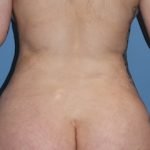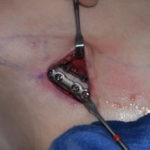Strategies for Avoiding Implant Asymmetry after Breast Augmentation
Breast augmentation is one of the most popular body contouring operations. It creates an instantaneous effect that often can cause quite a dramatic change in a woman’s chest appearance. But its effects are due to a medical device and, as such, makes it prone to a higher rate of complications than any plastic surgery operation Read More…


